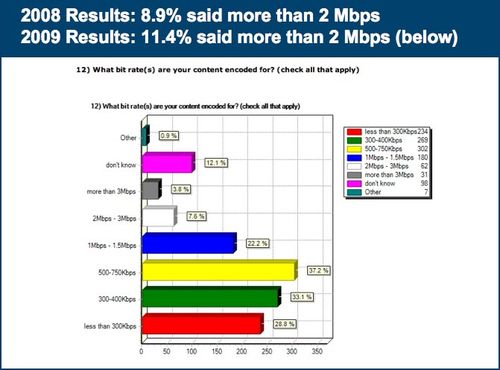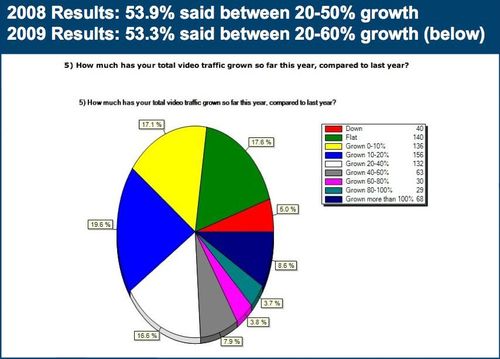Videos From Google’s Music Hub Vevo Won’t Play, Same Crappy Experience As YouTube
For all the talk of how many videos YouTube delivers each month and the number of hours of content that's uploaded to YouTube each minute, why is it no one seems to ever question Google on why their playback experience is so poor? Why does the media continue give Google a pass on this? This should be something that everyone is talking about, yet it seems that hardly anyone is writing about it, even while so many users continue to complain about it, myself included.
This morning, I had half a dozen emails in my inbox from people asking me who's doing the delivery of the videos for Vevo and why they won't play. While I know Vevo has only been up for less than 48 hours, that's no excuse for Google not to be able to have it working properly. How many times am I going to be given a message that says "We're sorry, there was an error processing your request" when I try to play a video? Even worse, most times I don't get a message at all. I just get a blank page when I click play or the video starts to buffer and gets stuck at 73% and goes no further.
I've been complaining for three years now (2008, 2007) that the quality of delivery for YouTube's videos, delivered via progressive download, continues to stink. It's a regular occurrence that videos take two minutes to buffer, don't buffer at all, or stops halfway through to re-buffer. And I'm taking about videos that are only ninety seconds in length. And every time I write a post about YouTube's playback problems, I get dozens and dozens of comments from viewers experiencing the same problems.
In a CNET article this morning, it was reported that in his speech introducing Vevo, Doug Morris, Universal Music Group's CEO said, "the best thing about Vevo is that it's our platform". Actually, no, it's Google's platform. But if this crappy, poor-quality user experience is the best thing about Vevo, then we should consider it to have already failed, less than 48 hours after launching.
And I still want to know, why does the media give Google a pass on the problems YouTube's platform has in delivering videos for so many years?
Updated: YouTube just announced the launch of the Vevo site on their blog saying, "it blends Google and YouTube's leading technology…." and will "redefine the way people watch and engage with music online". That's a great strategy, hype the launch, when it does not even work.



